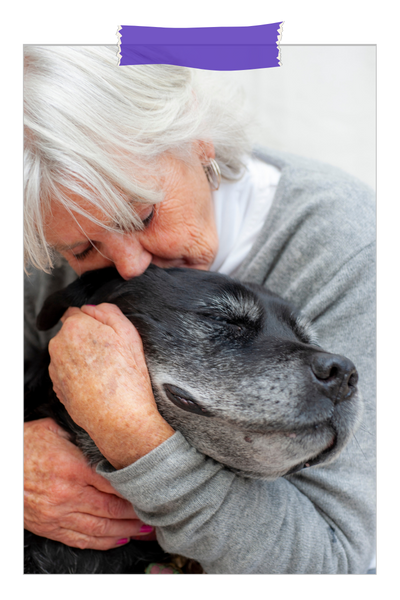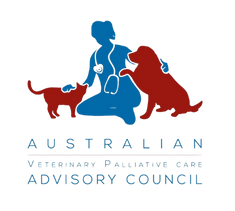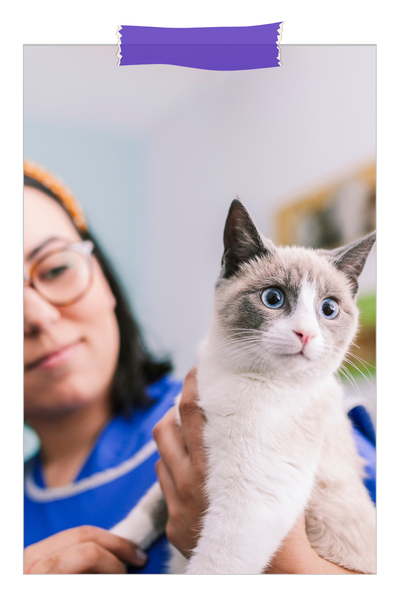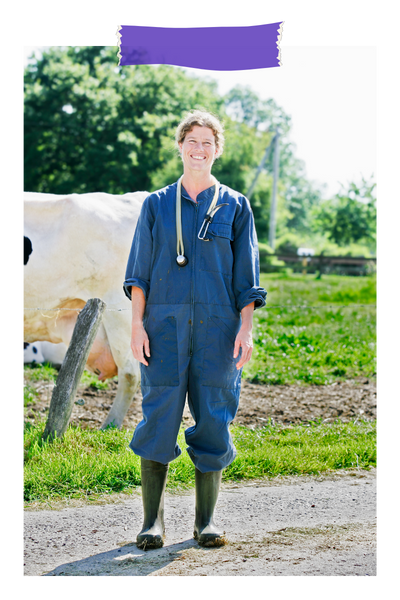Clinical Resources
WSAVA Guidelines

 List of Essential medicines for Cats and Dogs
List of Essential medicines for Cats and Dogs
“The list of essential medicines is not intended to define what medicines should be always available within the clinic/hospital nor a drug compendium; rather that veterinarians should have ready access to these (medicines) if required for the prevention and treatment of specific diseases and conditions.”
Click HERE to visit the WSAVA website and download the pdf List of Essential Medicines for Cats and Dogs
Animal Welfare Guidelines
“Animal welfare is the physical and psychological, social and environmental well-being of animals”
“These guidelines are intended to assist companion animal veterinarians throughout the world in their understanding of contemporary animal welfare concepts and science, and provide guidance on addressing potential animal welfare problems, navigating some more common ethical issues, and promoting good animal welfare through effective communication, both within the veterinary clinic and beyond.”
Click HERE to visit the WSAVA website and download the pdf Animal Welfare Guidelines
Improve Your Skills

Feline Grimace Scale Website
Improving feline health and welfare
“Pain is often difficult to recognize in cats due to their unique behavior. Veterinary health professionals do not always receive education on the subject making pain recognition a daily challenge in feline medicine.
The Feline Grimace Scale (FGS) (© Université de Montréal 2019) is a valid, fast, reliable and easy-to-use tool that can help with pain assessment. Based on the scores of the Feline Grimace Scale, it is possible to know if the administration of analgesics (i.e. pain killers) is required helping veterinarians with clinical decisions in pain management.” (Source: https://www.felinegrimacescale.com/)
“The Feline Grimace Scale involves looking at five aspects of the cat’s face, called action units: the cat’s ear position, orbital tightening (around the eye), muzzle tension, the position of the whiskers, and the position of the head. Looking at an awake cat who is not busy doing things like grooming, each action unit is assessed as 0 (absent), 1 (moderately present, or uncertain), or 2 (obviously present). A score of 4 or above is taken to mean that the cat is in pain. (Source: The Feline Grimace Scale Helps You Know if Your Cat is in Pain, Companion Animal Psychology)
Read more about the research in this open access Sage Journal: Can cat caregivers reliably assess acute pain in cats using the Feline Grimace Scale? A large bilingual global survey
Watch a 2 minute YouTube video: A new tool helps measure pain in cats
Resources on the website include:
1. Practice Your Pain Assessment Skills
2. Links to download the Feline Grimace Scale Phone App
3. Download the FGS Training Manual
Click HERE to visit the website

Articles & eBooks
Top 5 Fine-Needle Biopsy Sample Collection & Handling Errors (Clinician’s Brief)
Fine-needle biopsy is an effective diagnostic tool that allows for the retrieval of samples without anesthesia (and often without analgesia), thereby significantly reducing cost and avoiding potential adverse effects associated with more invasive procedures…. Following are, in the authors’ opinion, the 5 most common fine-needle biopsy collection and handling errors that result in nondiagnostic samples, along with corrective actions.
2022 Here’s What We Learned This Year From Clinician’s Brief : 100+ Tips in One Downloadable eBook
“New scientific findings can benefit your patients and inform industry standards of care, but it can seem impossible to digest hundreds–if not thousands–of journal pages every year. That’s why we ask boarded specialists to summarize publications in their area of expertise, giving you the key takeaways you need–sans pages of statistical analysis.

Vetanswers Blog Post Case Studies
General
Improve International Quick Case Study: Canine protein-losing enteropathy
Canine protein-losing enteropathy (PLE) is commonly considered to occur secondary to severe inflammatory bowel disease (IBD) and is associated with poor outcomes, with only about 50% of dogs surviving longer than 4 months. Click HERE to read.
Improve International Quick Case Study: Feline Blood Transfusions ISFM Guidelines
Recently, the International Society of Feline Medicine has published their Consensus Guidelines on the Collection and Administration of Blood and Blood Products in Cats, aiming to improve the clinical approach to blood product collection and administration. Click HERE to read more.
Veterinary Anaesthetic Risks – When Complacency Sets In (Dr Gerardo Poli)
A decrease in adverse events in veterinary anaesthesia can lead to an increased risk of complacency. Anaesthesia in veterinary medicine has advanced by leaps and bounds over the years. Nowadays, most progressive practices conduct anaesthesia using multimodal drug protocols and multi-parameter monitoring. Generally, adverse events during anaesthesia in otherwise young and healthy patients are a rare occurrence. Click HERE to read.
Dental
Periodontal Disease – Veterinary case study on how to treat & save teeth (Dr David E. Clarke)
In the majority of small animal practices, teeth with deep periodontal pockets, alveolar bone loss and furcation exposure are extracted; but with the correct diagnosis, dental radiographs, specific materials and instruments, these teeth can often be successfully treated and saved. Click HERE to read.
Case Study: Management of a traumatic Class II malocclusion in a 6mth old Labrador dog (Dr. Anthony Caiafa for iM3)
Linguoversion of the mandibular canine tooth/teeth is where one or both mandibular canines is lingually displaced from their normal position in the dental arch. The displaced tooth or teeth can cause indentations or trauma to the hard palate ranging from minor to significant, including penetration into the nasal cavity. Click HERE to read
Case study: Elderly dog presenting with stage 4 periodontal disease & tooth root in nasal cavity (Dr. Anthony Caiafa for iM3)
Linguoversion of the mandibular canine tooth/teeth is where one or both mandibular canines is lingually displaced from their normal position in the dental arch. The displaced tooth or teeth can cause indentations or trauma to the hard palate ranging from minor to significant, including penetration into the nasal cavity. Click HERE to read more.
Veterinary Dental Case Study: Intra-oral radiographs to rule out pathology (Dr. Anthony Caiafa for iM3)
Sometimes, diagnostic tests such as radiographs are taken to rule out pathology rather than to detect it. A 9 year old desexed male Golden Retriever cross Labrador “Foster” was referred to a Veterinary Specialist Referral Practice with a history of a sudden onset of a firm swelling ventral to the left eye. Click HERE to read
Oral Surgery Case Study: Extraction of Mandibular Deciduous Canine Teeth due to Malocclusion (Dr David E. Clarke)
Zeta, a female 13-week-old English Staffordshire Terrier was referred following presentation at her regular veterinarian for routine vaccination. During the examination lingually displaced right and left deciduous canine teeth were noticed to be traumatising the diastema of the hard palate bilaterally. Click HERE to read.

AMR Vet Collective
Antimicrobial resistance (AMR) resources and support for veterinarians, veterinary nurses, practice owners & managers.
The AMR Collective translates the science around AMR and stewardship into meaningful and practical information that veterinarians can call upon to make informed, evidence-based decisions in their daily practice.
What is antimicrobial resistance?
When microorganisms such as bacteria, viruses and fungi are able to resist the effects of medicines designed to destroy or inactivate them, they are considered ‘antimicrobial resistant’. The mechanisms for this varies between microorganisms but one of the key factors influencing selection for these microorganisms is our use of antimicrobial agents.
What does AMR mean for veterinary practice?
When microorganisms become resistant, simple infections can become chronic, serious, or even life-threatening.
This leads to increased costs of veterinary care, more antimicrobial use, and a higher rate of treatment failure. More antimicrobial use leads to more selection pressure for resistance and a growing reliance on a shrinking group of effective antibiotics.
Visit the AMR Vet Collective website for:
1. Prescribing Support
- 5 Steps of Guideline-Based Prescribing
- Decision trees – visual quick reference guides
- Tips to help you talk to clients about AMR, including downloadable posters
2. Veterinary Prescribing Guidelines
Antimicrobial guidelines are a critical component of the antimicrobial stewardship program in your practice. the AMT Vet Collective have identified the current peer-reviewed guidelines relevant to Australia and New Zealand in each animal species.
3. Continuing Education
- Online Vet AMS Course
- Diagnostic Skills Refresher
- AMR Vet Collective Podcast (Click HERE to listen on SoundCloud)
Click HERE to visit the AMR Vet Collective website

Australian Veterinary Palliative Care Advisory Council (AVPCAC)
AVPCAC was established in 2017 in an effort to harness expertise from a range of specialities across veterinary and allied health fields.
It aims to develop and support the best end-of-life care practices within veterinary medicine, encourage cross-discipline interaction between veterinarians and allied health practitioners to improve patient outcomes and be a source of practical advice for veterinary practitioners looking to increase their clinical skills in this area.
AVPCAC also endeavours to openly encourage conversations about death and bereavement within the veterinary and animal health field.
AVPCAC provides a free education platform for practising veterinarians to help clinicians further develop their knowledge and skills in veterinary palliative care.
Click HERE to visit the AVPCAC website.


International Society of Feline Medicine (ISFM)
The ISFM is the veterinary division of the charity International Cat Care and their website provides a worldwide resource on feline medicine and surgery.
You’ll also find information on the well-being of the whole cat and resources you can use with owners to help build the bond with feline clients.
They develop guidelines and policies on important relevant feline issues, encourage practices to become more cat friendly and educate both veterinarians and vet nurses on cats.
Click HERE to visit the ISFM website
American Association of Feline Practitioners – 2022 FIP Guidelines
“The American Association of Feline Practitioners (AAFP) and EveryCat Health Foundation released the 2022 AAFP/EveryCat Feline Infectious Peritonitis Diagnosis Guidelines to the veterinary community, which are published in the Journal of Feline Medicine and Surgery. Feline infectious peritonitis (FIP) is a viral disease that can affect any organ in the body, and it is caused by the feline coronavirus (FCoV). In publishing these Guidelines, the AAFP and EveryCat aim to provide veterinarians with the essential information necessary to provide a FIP diagnosis in cats.) (Source: https://catvets.com/guidelines/practice-guidelines/fip-guidelines
Click HERE to download: 2022 AAFP/EveryCat Feline Infectious Peritonitis Diagnosis Guidelines

For Cattle Vets
Immune Ready Website
“Immune Ready, in conjunction with a National Cattle Health Declaration is a powerful tool in minimising preventable cattle disease with continuity across the supply chain.”
– Dr Tracy Sullivan, President of Australian Cattle Veterinarians
“In what promises to be the most important animal health initiative seen in Australia in 20 years, a new industry-wide vaccine protection program called ‘Immune Ready’ is being launched this week across the beef and dairy sectors.
The new Immune Ready Guidelines represent a cross-industry collaboration to enable cattle producers and lotfeeders to differentiate sale animals, based on their vaccination and health status.” (Source: https://www.beefcentral.com/news/introducing-immune-ready-the-beef-industrys-most-ambitious-animal-health-program-ever/)
Click HERE to visit the Immune Ready website


